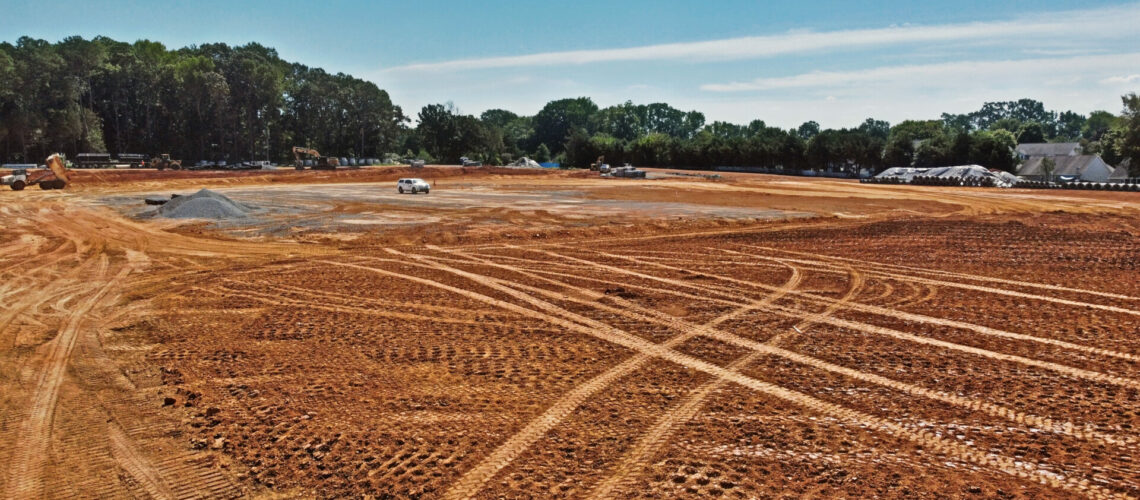Understanding the Value of Heritage in Land Development
Land holds more than just economic value—it carries history, stories, and cultural significance. As development projects expand across rural and urban landscapes, the challenge becomes preserving heritage while embracing progress. Too often, developers prioritize profit over preservation, erasing important landmarks, historical structures, and natural landscapes. But successful development does not have to mean sacrificing legacy. Instead, thoughtful strategies can create projects that respect the past while meeting modern needs.
Why Legacy Matters in Land Development
Every piece of land has a story. Whether it’s an old ranch that has served generations of families, a historic neighborhood that represents a community’s evolution, or a natural habitat that has supported wildlife for centuries, preserving these legacies maintains cultural and environmental richness. Development should not erase these narratives but enhance them, incorporating history into the modern framework in a way that benefits both past and future generations.
Balancing Growth and Preservation
Balancing growth and preservation requires foresight and creativity. Here are some key strategies to achieve this balance:
1. Conduct Thorough Historical Research
Before breaking ground, developers should investigate the history of the land. What was its previous use? Are there historical landmarks, structures, or stories tied to the area? By working with historians, community elders, and preservation organizations, developers can integrate important historical elements into their projects rather than erasing them.
2. Adapt Rather Than Replace
Instead of demolishing old structures, developers can adapt and repurpose them. Converting a century-old barn into a modern event space, restoring a historic farmhouse for residential use, or integrating old stone walls into new landscapes maintains the character of the property while making it functional for contemporary needs.
3. Respect Natural Features
Land development should also prioritize environmental sustainability. Preserving ancient trees, maintaining natural water sources, and protecting wildlife corridors not only uphold the land’s legacy but also enhance property value and long-term sustainability. Thoughtful landscaping and conservation efforts can make new developments feel rooted in the land’s history.
4. Engage with the Local Community
Communities often have a deep emotional and historical connection to land. Seeking local input before and during development fosters goodwill and helps ensure that projects align with the community’s values. Hosting town hall meetings, collaborating with local artisans, and incorporating public spaces that reflect the area’s history can all create a stronger bond between the development and the people who live there.
Case Study: Preserving the Ranching Legacy
A prime example of successfully balancing legacy and development can be seen in projects led by Carl Medearis. When purchasing historic ranch properties, Medearis does not simply subdivide and sell the land—he carefully surveys the property, identifies the most valuable and scenic areas, and finds ways to develop without erasing history. By preserving key features such as old barns, water sources, and native landscapes, his projects maintain a sense of place while offering new opportunities for homeowners and investors.
The Financial Benefits of Preservation
Contrary to popular belief, preserving heritage can enhance profitability. Buyers and investors are often drawn to properties with historical character, unique landscapes, and well-preserved features. Developments that incorporate original elements often command higher market value and attract a more dedicated clientele.
Additionally, government incentives such as tax credits, grants, and historic preservation funding can support projects that maintain historical integrity. By leveraging these resources, developers can enhance profitability while staying true to the land’s legacy.
Challenges in Preserving Heritage During Development
While the benefits of preservation are clear, challenges still exist. Some common obstacles include:
- Zoning and Regulatory Restrictions: Historic properties often come with stringent zoning laws that limit alterations and require special permits for redevelopment.
- Higher Upfront Costs: Restoration and preservation efforts can be expensive, requiring skilled craftsmanship and specialized materials.
- Market Demand: Not all buyers appreciate the value of historical preservation, making it important to market developments to the right audience.
Despite these challenges, developers who take a long-term view often find that the investment in preservation pays off both financially and ethically.
Future Trends: Sustainable and Heritage-Driven Development
As society becomes more conscious of sustainability and cultural preservation, the future of real estate will likely see an increase in heritage-driven development. Some trends to watch for include:
- Eco-friendly Restoration: Using sustainable materials and green building techniques to restore historical structures.
- Mixed-Use Developments: Blending residential, commercial, and cultural spaces to maintain community character while fostering economic growth.
- Smart Growth Initiatives: Focusing on land conservation and responsible urban expansion to prevent overdevelopment and sprawl.
A Legacy That Lasts
Real estate development should not come at the cost of history. By adopting a mindful approach that prioritizes legacy alongside profitability, developers can create lasting impacts that honor the past while embracing the future.
As demonstrated by figures like Carl Medearis, it is possible to build and grow without erasing what came before. When done thoughtfully, development can breathe new life into historic lands, creating spaces that tell a story, serve a purpose, and stand the test of time.

